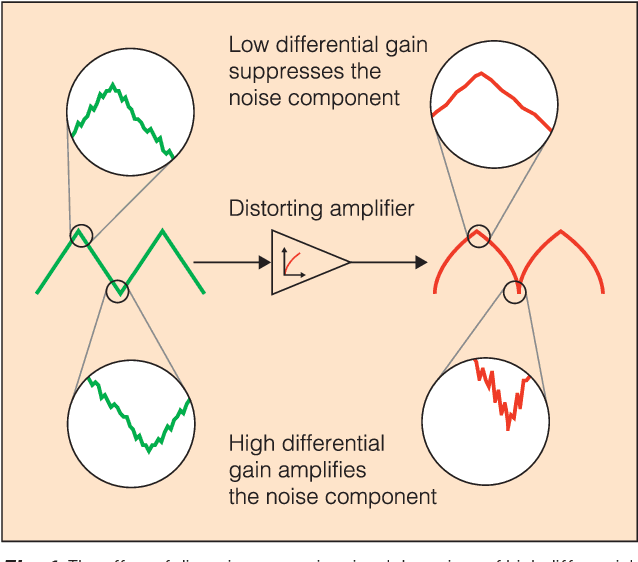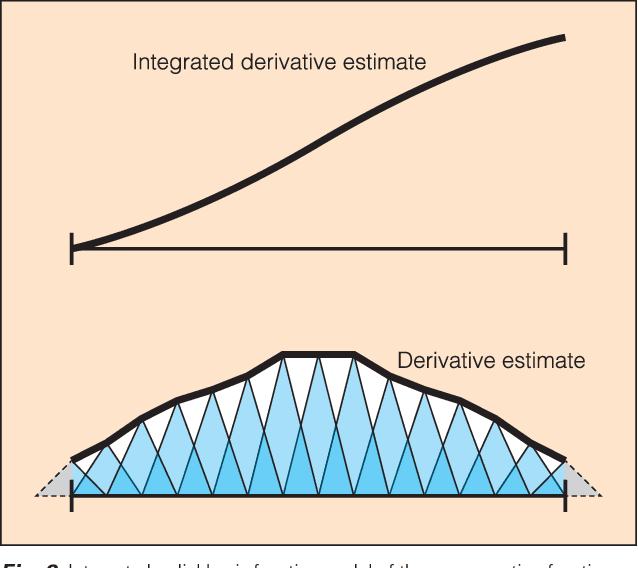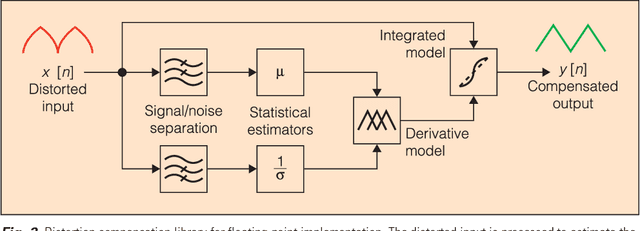Andrew Allison
Linear measurements from nonlinear sensors: identifying distortion with incidental noise
May 09, 2022



Abstract:Nonlinearity in many systems is heavily dependent on component variation and environmental factors such as temperature. This is often overcome by keeping signals close enough to the device's operating point that it appears approximately linear. But as the signal being measured becomes larger, the deviation from linearity increases, and the device's nonlinearity specification will be exceeded. This limits the range over which the device will produce directly useful measurements, often to far less than the device's safe range of operation.
Optimizing genetic algorithm strategies for evolving networks
Apr 07, 2004Abstract:This paper explores the use of genetic algorithms for the design of networks, where the demands on the network fluctuate in time. For varying network constraints, we find the best network using the standard genetic algorithm operators such as inversion, mutation and crossover. We also examine how the choice of genetic algorithm operators affects the quality of the best network found. Such networks typically contain redundancy in servers, where several servers perform the same task and pleiotropy, where servers perform multiple tasks. We explore this trade-off between pleiotropy versus redundancy on the cost versus reliability as a measure of the quality of the network.
Exploring tradeoffs in pleiotropy and redundancy using evolutionary computing
Apr 07, 2004Abstract:Evolutionary computation algorithms are increasingly being used to solve optimization problems as they have many advantages over traditional optimization algorithms. In this paper we use evolutionary computation to study the trade-off between pleiotropy and redundancy in a client-server based network. Pleiotropy is a term used to describe components that perform multiple tasks, while redundancy refers to multiple components performing one same task. Pleiotropy reduces cost but lacks robustness, while redundancy increases network reliability but is more costly, as together, pleiotropy and redundancy build flexibility and robustness into systems. Therefore it is desirable to have a network that contains a balance between pleiotropy and redundancy. We explore how factors such as link failure probability, repair rates, and the size of the network influence the design choices that we explore using genetic algorithms.
* 10 pages, 6 figures
 Add to Chrome
Add to Chrome Add to Firefox
Add to Firefox Add to Edge
Add to Edge